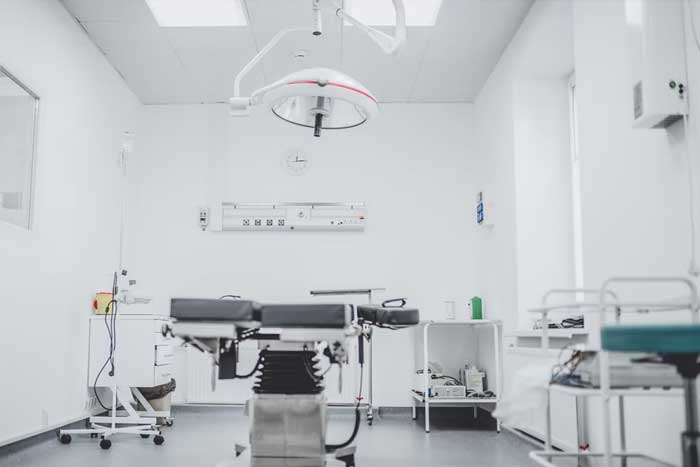From complex scanning machines to motorized wheelchairs, hospitals are packed full of medical equipment. Healthcare professionals use a variety of medical tools on a daily basis in their clinics or on hospital wards.

@tetrakiss
Devices may be used to measure a patient’s vital signs or take detailed images of structures inside their body. The findings can then be interpreted to assess the patient’s condition and decide on an appropriate treatment plan.
Since there is an endless list of different pieces of equipment that clinicians can use, it’s important to know what each device is used for. Multiple pieces of equipment can be used at once to diagnose or treat patients.
The main types of medical equipment include diagnostic, surgical, medical, electronic, and storage and transport. Many of the motorized devices work via artificial intelligence and a Brushless DC Motor that enables them to automatically function with high accuracy, which is vital for making the correct diagnoses.
Automating some of the diagnostic processes or treatment administration methods can save hospital staff a lot of time and effort too, enabling them to provide optimal patient care.
Let’s take a look at some of the medical equipment that is commonly used in hospitals.
Diagnostic Tools
Diagnostic tools are used to confirm the absence or presence of disease. There is a wide variety of medical equipment that is used to check a patient’s general health and well-being or to identify abnormalities within the body.
Based on the findings, further testing may be performed for a diagnosis to be made. From here, a suitable treatment plan can be created if necessary.
Common diagnostic tools include:
Medical imaging machineries, such as x-ray, MRI, CT, and ultrasound scanners
Stethoscopes
Sphygmomanometers
Thermometers
Oxygen saturation machines
Defibrillators
If you’ve ever watched a medical drama, it’s likely that you’ve seen a defibrillator machine (commonly shortened to a ‘defib’). This piece of equipment is used when a patient goes into cardiac arrest or they are getting severe cardiac arrhythmias.
Defibrillators can help to return the heart to a normal beating pattern so that the patient is no longer in danger. They will be found on every hospital ward and in every clinic as they are an essential piece of emergency medical equipment.
Sterilizers
Hospitals need to stay as clean and germ-free as possible to keep vulnerable patients safe. Sterilizers are essential pieces of equipment that rid surfaces of bacteria, viruses, fungi, and spores.
Autoclaves are large sterilizers that use high pressure and steam to thoroughly clean medical tools and supplies. This saves staff from having to hand-sterilize every piece of equipment.
ECG Machines
Electrocardiogram (ECG) machines are used to monitor and record the electrical activity of the heart over a period of time. Doctors and nurses attach electrodes to the heart to get a wider picture of how the heart is functioning. The findings can be used to identify any abnormalities in the heart’s rhythm.
